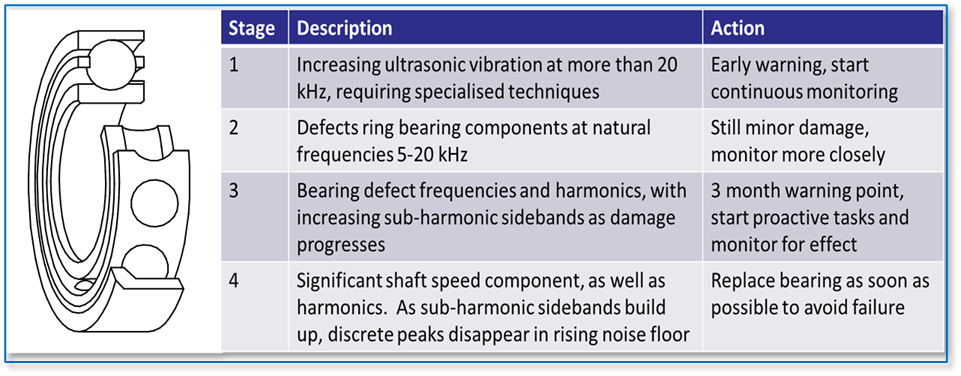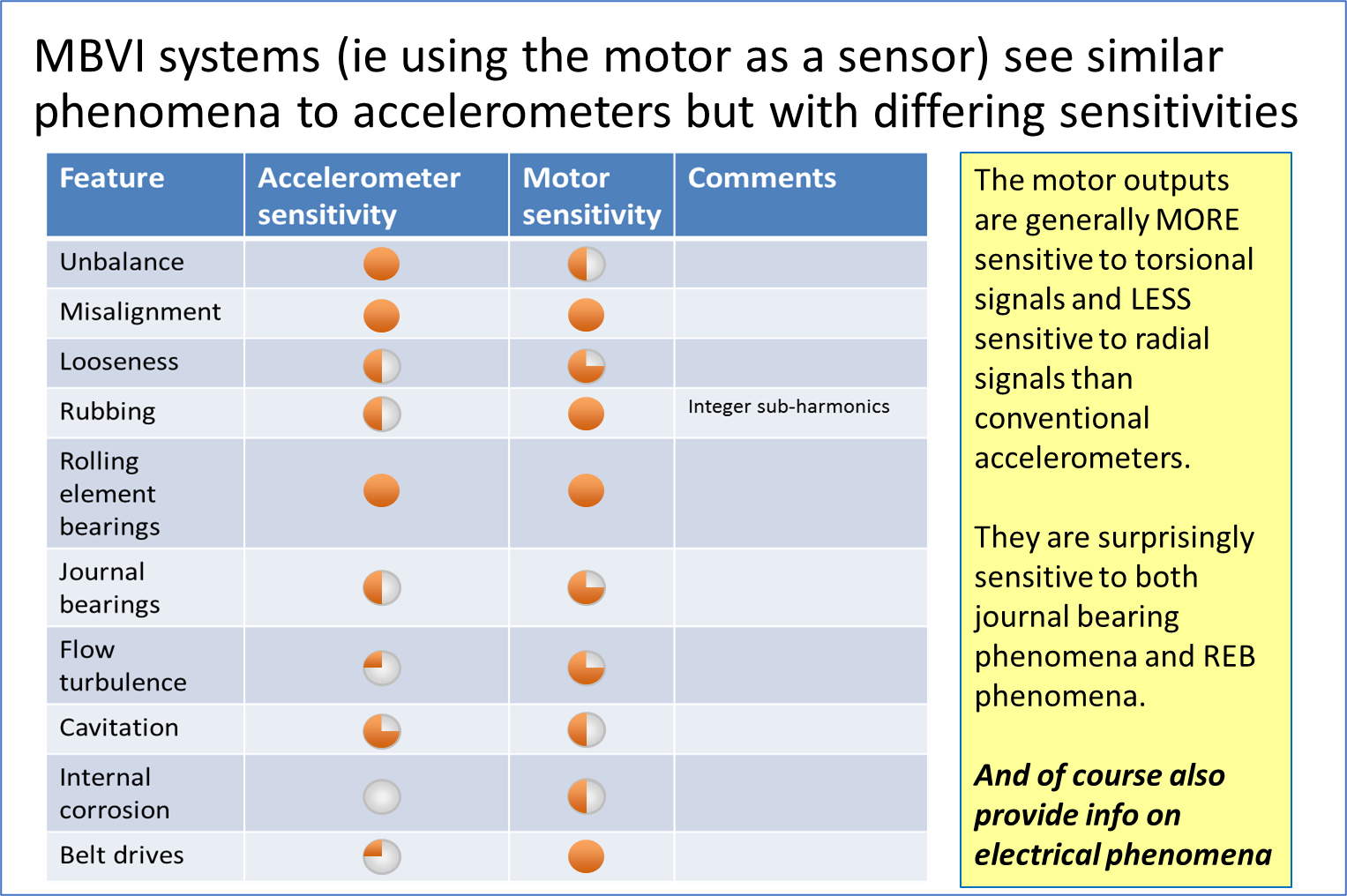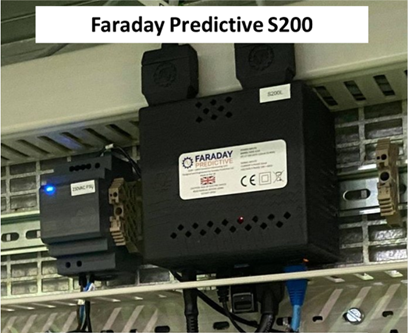How a new generation of condition monitoring technology is bringing new insights into machine behaviour
Condition Monitoring has long been understood to bring large benefits to plant operations, reliability and maintenance, and the most commonly used technique is Vibration Monitoring. We can think about vibration monitoring as having developed in three separate phases – each one of which has led to new insights and understanding of machine behaviour.
The first generation – proximity probes for use in journal bearings prompted understanding of shaft bending resonant responses (eg 1x shaft speed)
Proximity probes such as those developed by Bently Nevada in the 1960s measure the radial movement of the shaft relative to the machine casing and bearing journals. These systems were mainly used to identify problems with large, supercritical machines like steam turbines and generators, where deflections of the entire shaft can be significant – effectively the shaft can be regarded as flexible. Observations of the movement of the shaft position relative to the machine bearing housings led to the development of Rotor Dynamics as a separately identifiable mathematical discipline. A key area of this work focussed on the different lateral bending modes of shafts, each with their own distinct resonant frequency. This also led to new insights into understanding of elastohydrodynamic lubrication.
The second generation – seismic sensors prompt deeper understanding of rolling element bearing failures (eg n x shaft speed)
Whereas proximity probes measure relative movement between different parts of the machine, seismic sensors (most frequently piezo-accelerometers) detect movement of the entire machine in space. These proved to be much more useful for monitoring progressive deterioration of Rolling Element bearings. It was discovered that sensors with a high natural resonant frequency (around 20kHz+) were able to detect signals associated with the very early stages of deterioration in rolling element bearings. This led to a deeper understanding of the deterioration process, which became classified into four distinct phases, as shown in figure 1 below.

Figure 1- categorisation of rolling element bearing stages of deterioration.
The third generation – MBVI systems, sensing changes in torsional behaviour using the electric drive motor as a sensor, lead to new understanding of sub-harmonic behaviour (eg 1/n x shaft speed)
Model-Based Voltage and Current (MBVI) systems effectively use the motor as a sensor. Whereas proximity probes and accelerometers detect signals in a radial or axial direction, the variation in motor current associated with variations in load create a signal related to torsional vibration. The same phenomena that are detected by conventional Vibration Analysis systems are also detected by MBVI systems, but with different sensitivities. Certain phenomena such as rubbing friction, flow turbulence and belt drive behaviour, show up much more clearly in the torsional domain, which results in new insights into machine behaviour.

Figure 2 - Comparison between the signals created in radial vs torsional directions for various commonly occurring machine phenomena
Advantages of MBVI systems include the ability to monitor inaccessible assets – because sensing is done in the switchgear (see figure 3) which is always accessible even when the machine itself isn’t; sensitivity to things conventional VA doesn’t see so clearly (torsional signals – including corrosion, belt drives, and rubbing); plus of course seeing electrical phenomena and energy consumption not visible to conventional Vibration Monitoring.

Figure 3 - Faraday Predictive S200 MBVI unit mounted inside motor starter cabinet
So What?
While there is no one Condition Monitoring technology that is perfect for every situation, MBVI systems offer a very wide range of coverage (Mechanical and Electrical and operational) across the entire machine (motor + transmission + driven equipment) all from one device, and have advantages when trying to monitor inaccessible machines. They also have advantages when monitoring Inverter driven machines.
For more information, contact Geoff Walker at Faraday Predictive – This email address is being protected from spambots. You need JavaScript enabled to view it., or 0333 772 0748.



